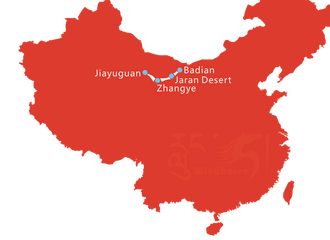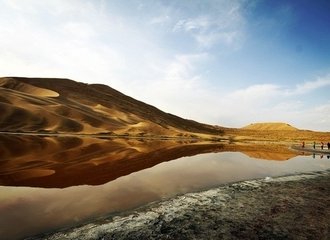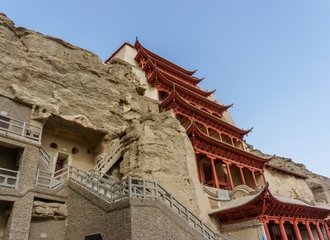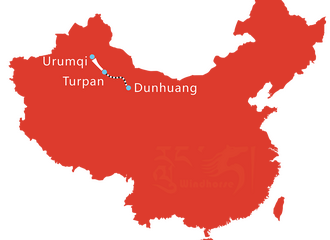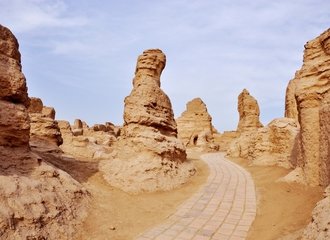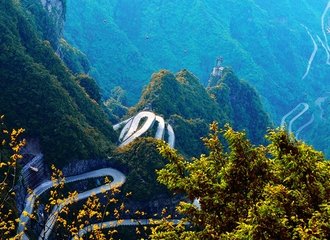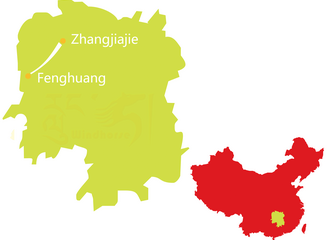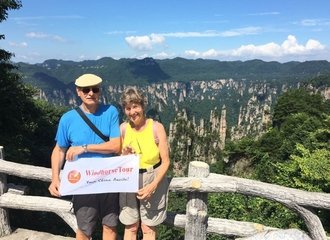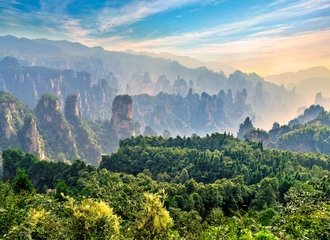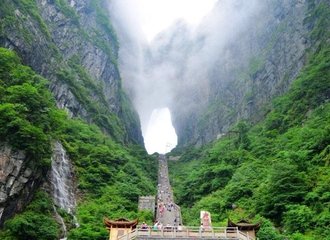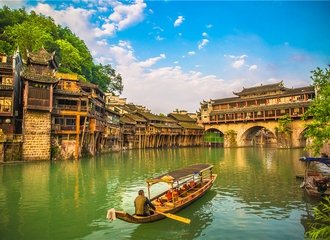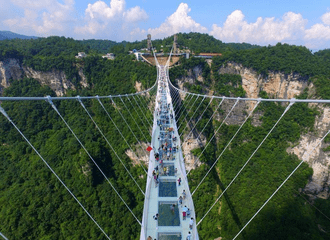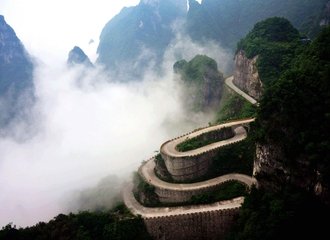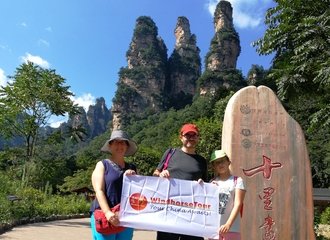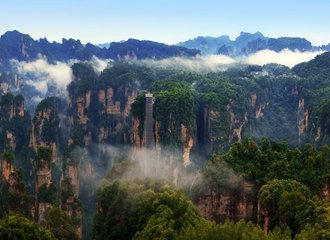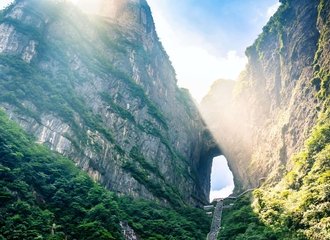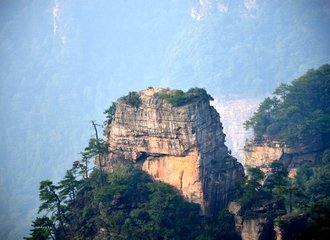Shaolin Temple and Kung Fu Monks
The Shaolin Temple, or Shaolin Monastery, nestled at the base of Wuru Peak on Songshan Mountain in Dengfeng City, is the cradleland of both the Chan (Zen) Buddhism and Shaolin Kung Fu. In 2010, this over 1,500-year-old temple complex kicked its way into the UNESCO heritage list. The temple complex itself is composed of seven principal buildings along its north-south axis and seven other halls arranged around them. These historical architectures give prominence to diverse architectural styles brimming with deep-rooted Chan Buddhism culture, proving a glimpse into ancient Chinese religion and philosophy. It can be said a must-see site during a China tour for those who are fancy about Chinese culture and Chinese Kung Fu.
English Name: Shaolin Temple.
Chinese Name: 少林寺.
Location: Songshan Mountain, Dengfeng, Zhengzhou City, Henan Province, China.
Year consecrated: The 5th century AD.
Recommended sightseeing time: Half-day (minimum).
Entrance ticket: CN¥ 80 per person.
Opening hours: 07:30 - 18:00 from March to November; 08:00 - 17:30 from December to February.
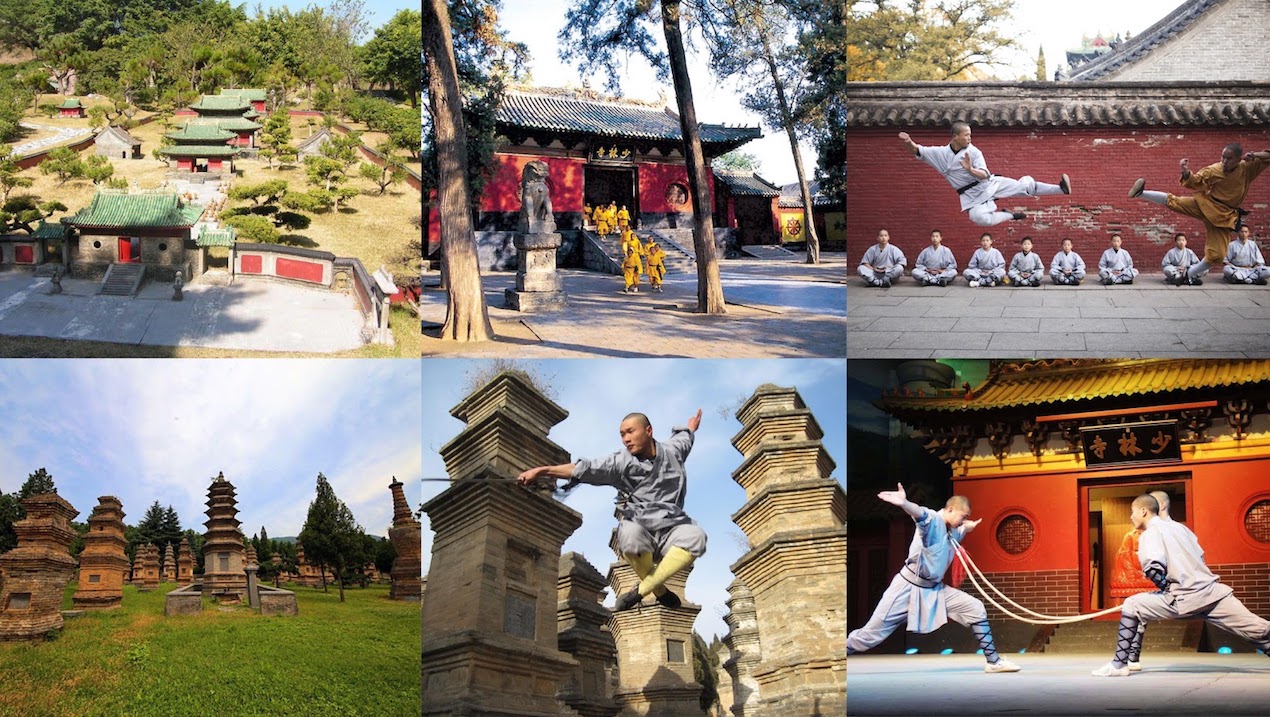

History of Shaolin Temple
In 495 AD, to provide shelter for Buddhabhadra (‘Batuo’ in Chinese) - a Buddist master coming from India to publicize orthodox teachings of Hinayana, or Nikaya Buddhism (‘Xiao Cheng’ in Chinese) in ancient China, Emperor Xiaowen of the Northern Wei Dynasty (386–535) ordered to construct the Shaolin temple within the forests of Mount Shaoshi in Songshan Mountain Range. Sometime around the year 527 AD, Bodhidharma (Damo in Chinese) came to the temple and brought the teachings of Chan Buddhism, part of the Mahayana (‘Da Cheng’ in Chinese) school.
Bodhidharma who is honored as the First Patriarch of Chan Buddhism used to train himself and the temple’s residents with some movements he created, which is regarded as the origin of Shaolin Kung Fu.

Can’t Miss Experiences at Shaolin Temple
Enjoy Shaolin Kung Fu Performance
When talking about Chinese Kung Fu, some well-choreographed flight scenes of the acrobatic leaps and flips may flash across our minds. During the visit to Shaolin Temple, travelers can check these scenes closely. A 30-minute Kung Fu show is included in the entrance ticket, which is performed by real martial monks dressed in blazing orange robes. As the show is quite welcome, please be aware that the Martial Arts performance center can be really packed. To guarantee a place closer to the stage, we would advise getting there 30 minutes to 1 hour in advance to line up.
Kung Fu show timetable: 09:30 (summer only), 10:30, 11:30, 14:00, 15:00, 16:00, 17:00 (summer only).
Learn Kung Fu From the Shaolin Monks
As one of the oldest, widely-used, and most famed martial arts styles in the world, Shaolin Kung Fu has aroused a great number of novels, television shows, and movies, attracting incessant enthusiasts across the globe. However, few people know that, deep within the forests of Dengfeng’s countryside, the birthplace of Kung-Fu still keeps on practicing this illustrious art. Shaolin Temple also authorizes the Songshan Mountain Shaolin Kung Fu School to offer opportunities to learn real Shaolin Kungfu for both domestic and overseas Kung Fu fans. Reservation can be made on Shaolin Temple’s official website.
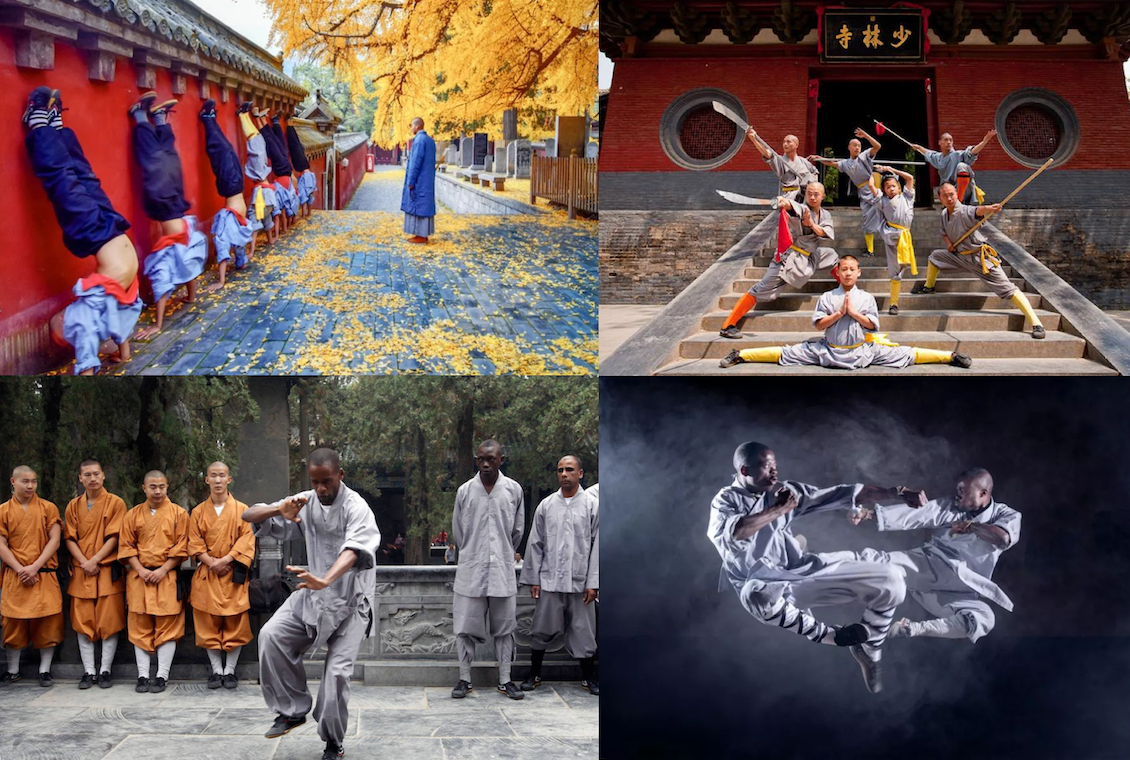
Worship Into the Tranquil Pagoda Forest
The Pagoda Forest, a magnificent collection of about 230 ancient pagodas, is absolutely the temple complex’s highlight. These pagodas are actually tombs or monuments established to commemorate eminent monks and successive abbots from the Shaolin Temple. All of the pagodas are erected in different shapes and sizes which are decided by the monk’s Buddhism knowledge, prestige, and contribution. Some are huge, some are humble, some are in the form of a cylinder, and some are hexagonal. Having existed since different time periods, from Tang Dynasty to Qing Dynasty, they display a myriad of architectural styles and serve as a testimony to the Shaolin Temple’s inarguable appeal throughout the centuries.
Hike to the Verdant Natural Splendor of Sanhuang Village
After visiting the Shaolin Temple, continue forward from Pagoda Forest and visitors will reach the cable car to get access to Sanhuang Village, the most beautiful part of Songshan Mountain. From the cable car’s arrival platform, it takes about 3-4 hours to hike along the scenic planks with numerous stairs to the final point of Sanhuang Village. Visitors don’t need to pay for another ticket for Sanhuang Village, as it is included in the entrance ticket of Shaolin Temple. However, the one-way ticket or round-way ticket for the cable car costs CN¥ 70 and CN¥ 100 respectively.
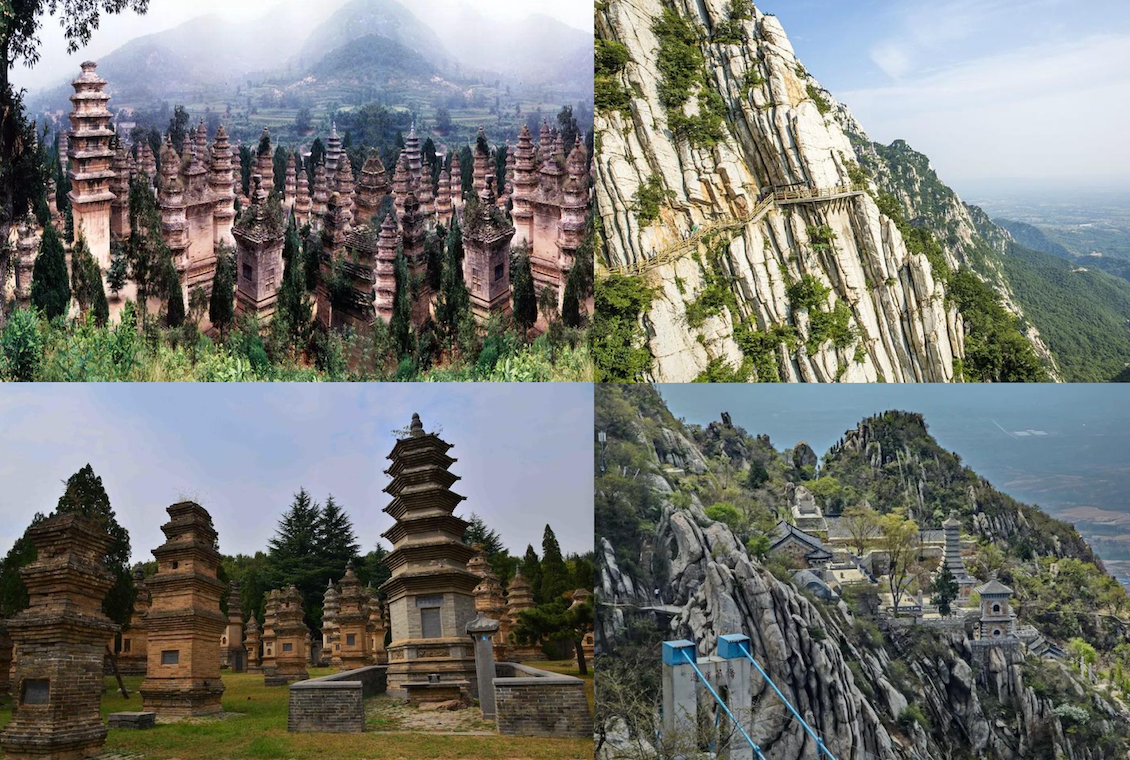

How to get to Shaolin Temple
Dengfeng is the nearest city to Shaolin Temple, only 15km away, though Dengfeng doesn't have an airport or train station yet. Travelers normally get to Shaolin Temple either from Luoyang (about 60km away) or Zhengzhou (about 90km away). Both cities are served by the high-speed train or a direct flight from other parts of China. Upon arrival at Luoyang or Zhengzhou, the most common option is to take a bus, or taxi, or hire a car with a local China travel agency. A bus departs from the Luoyang Central Bus Station or Luoyang Jinyuan Coach Station and takes around 2 hours to Shaolin Temple. The fare is about CN¥ 19 per person. A bus departs from Zhengzhou Bus Station takes about 2 hours as well, and the fare is about CN¥ 28.

Best time to visit Shaolin Temple
Shaolin Temple is a historical and cultural site, which means it is a suitable destination to visit any time of the year. The best time to visit Shaolin Temple is from April to October when it has its most tourism-friendly weather. However, it is not recommended to visit there during the Labor Day holidays (May 1 - May 5) and the Chinese National holidays (Oct. 1 - Oct. 7). During those periods, domestic tourists take the opportunity to see more of their own country, so your travel experience can be a nightmare due to a sudden increase in both traffic and tourists.
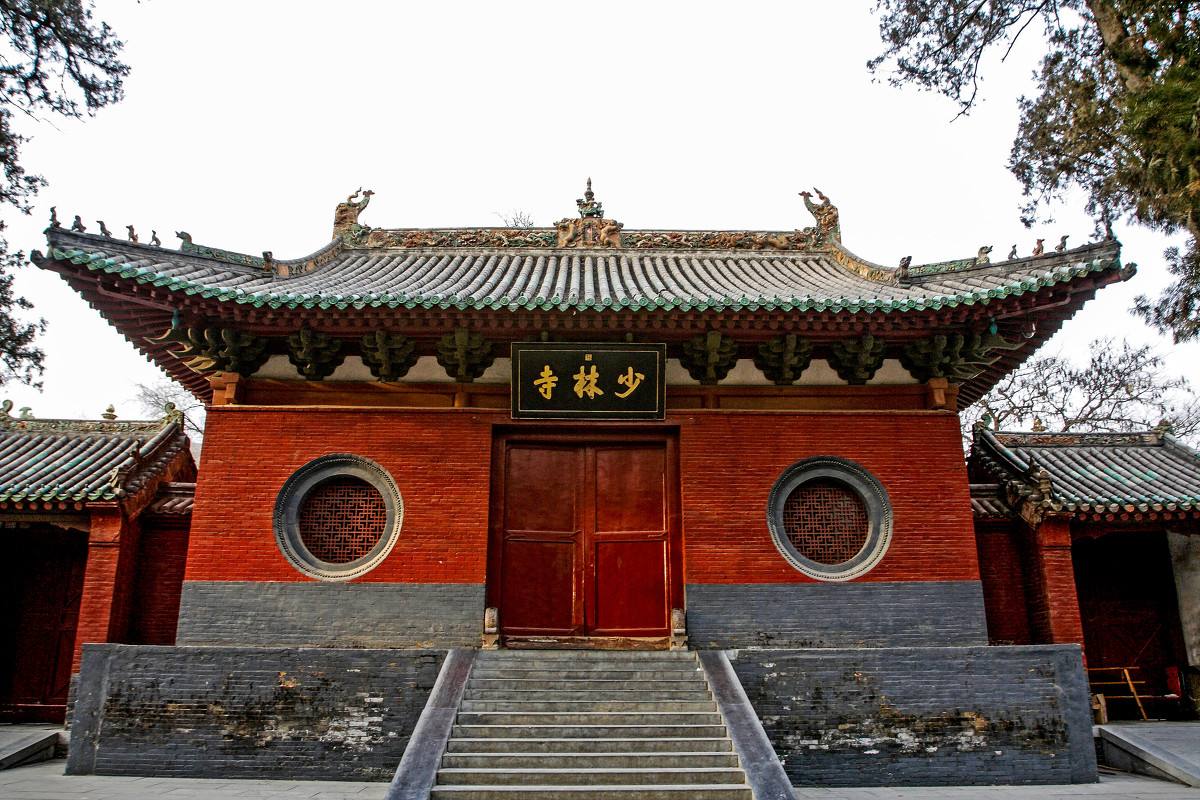

Useful travel tips
- The traditional way to greet a monk is simply to put the palms together and lower your head slightly as a sign of respect. It is improper to share hands or hug with monks.
- Travelers will not need to remove their shoes at any point in the temple.
- Photography is mostly allowed outside the halls of the temple, but not inside. 'No photography' signs will be clearly presented if applicable.


